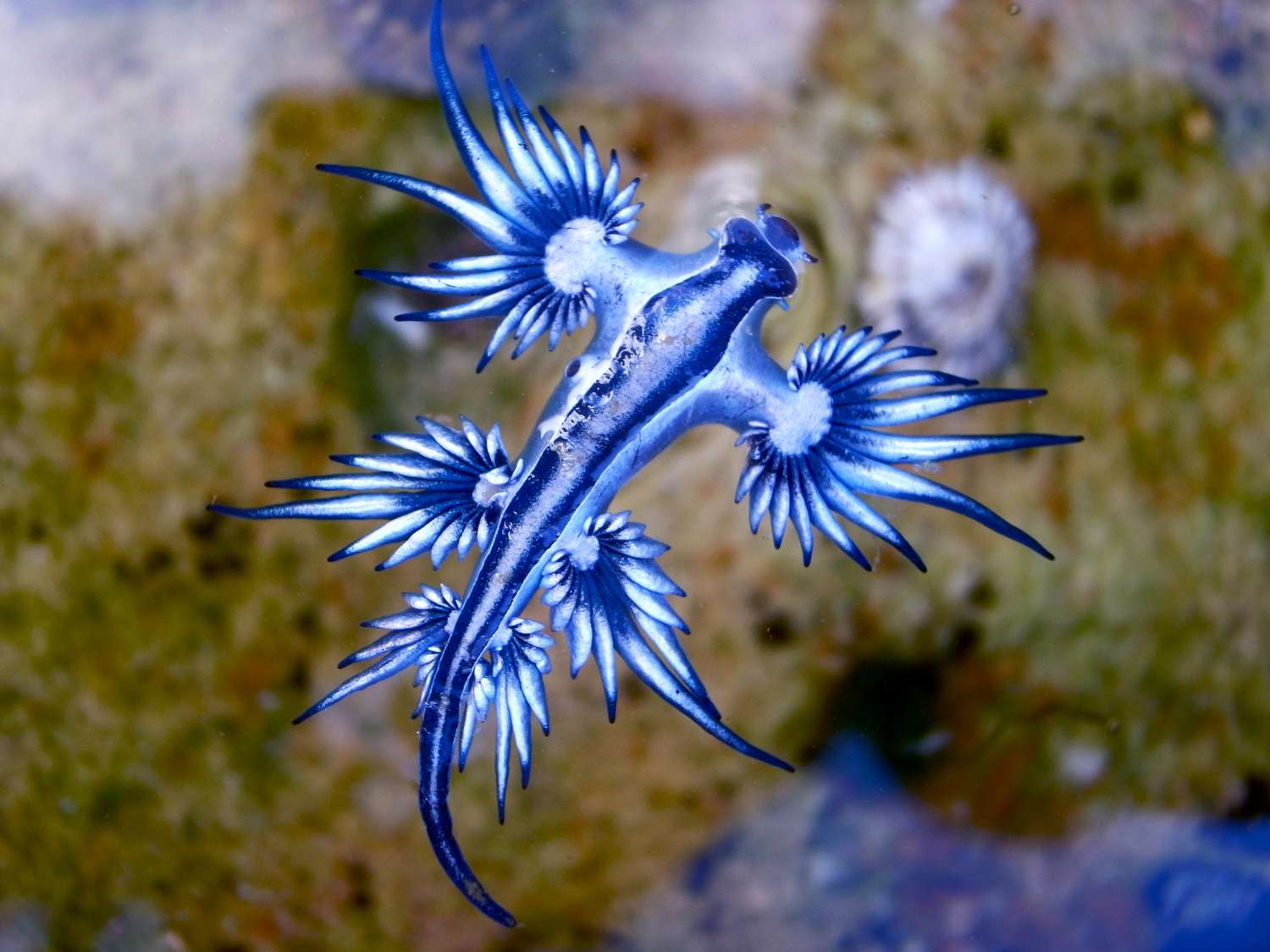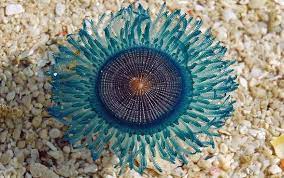For the beachgoers in Chennai's Elliot beach in Besant Nagar, the close encounters of the deep-sea creatures have thrown them into surprise as these underwater organisms would pop out to the shore once in a blue moon. The Chennaiites, who could have seen these creatures virtually, have been warned not to get close to them had they seen the creatures again on the shores.
The deep-sea creatures Blue Sea Dragon and Blue Button were spotted on Elliot Beach. It has been reported that hundreds of them washed ashore recently and an unprecedented sight has sparked an alert to the Chennai residents, for whom the beaches remain as the top outing destinations during the weekends. Blue Sea Dragon, also called as sea slugs, and Blue Button are venomous but not lethal.
A person named Srivatsan Ramkumar has spotted these deep-sea creatures on December 17 and he said that while hundreds of them washed ashore the Elliot Beach, most of them were dead and some of them were alive. The experts have asserted that though these creatures can inject venom on any foreign body including humans, the venom is not lethal.
It is said that these creatures would cause skin irritation and they can't withstand the daytime temperatures and they would die once they dehydrate. Let's take a look at them and what caused them to hit the Chennai shores,
What is Blue Sea Dragon?
Also known as blue angel and blue sea slug, the Blue Sea Dragon is a unique underwater creature that has abilities to camouflage. Often spotted in deep oceans, Blue Sea Dragons would go in groups, which gave them the name 'Blue Fleets'. The dragons that were spotted at Chennai's Elliot Beach used their blue-coloured side to camouflage against the ocean's blue.

The experts say that Blue Sea Dragon would store venom that it consumes from other creatures to inject venom on the foreign bodies they come into contact. Warning that these creatures would cause skin irritation, rashes, and pain, the experts are instructing the people not to touch these pretty creatures, though their venom is not lethal.
Mostly found throughout the Atlantic, Pacific, and Indian Oceans in tropical and subtropical waters, these blue sea dragons grow up to three centimeter long. Interestingly, they eat prey three-hundred times bigger than them. On the other hand, Blue Buttons got their name from their button-like appearance and they are a colony of small predators that are often confused with jellyfish.

Blue Buttons have a 'man of war' mechanism, which means that they use the tentacles like body parts to sting any foreign body that comes in contact with them. They move in colonies, protecting them from predators, and producing more colonies. The beachgoers in Chennai could have spotted such colonies of Blue Buttons washed ashore.
What pushed these creatures to Chennai's shore?
These deep-sea creatures could get pushed to shore sometimes due to a storm or some oceanic conditions. Speaking to The News Minute, Prashanth, who is attached to Tamil Nadu's Forest Department, said that the recently-hit Cyclone Michaung would be the reason why Blue Sea Dragons and Blue Buttons were thrown off the Chennai coast.
He said, "After cyclonic disturbances, flushing of the sea bed is a common occurrence. On Chennai's shore, spotting Blue Sea Dragons is not a regular occurrence but they do show up in a while. It is best not to touch them." The visuals of these creatures that were spotted at Chennai's coast have been going viral on social media as Chennaiites are shocked to know about the new intruders from the underwater world.









Comments